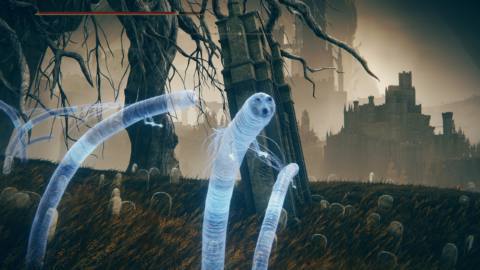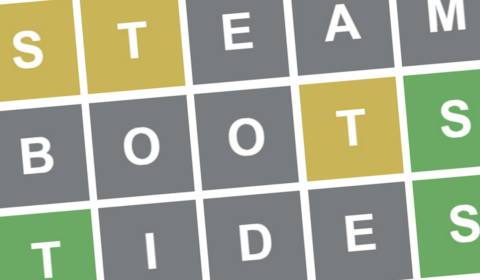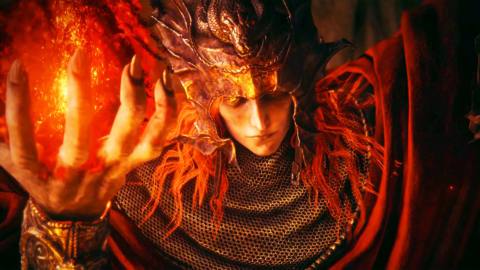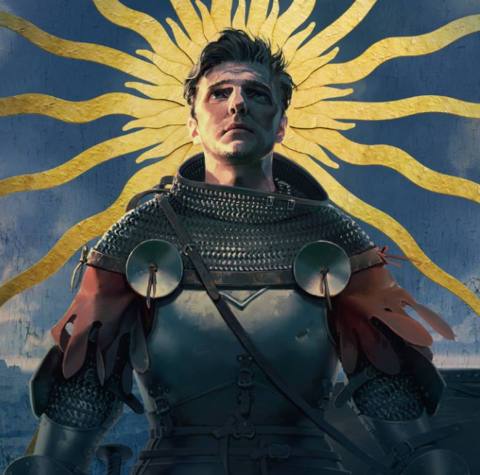The coolest thing I’ve done in my time with Smite 2 was, I’m confused to say, entirely accidental.
It’s not been a very good match for me so far. My character Hecate—a Greek goddess of magic and witchcraft—is a mage, supposed to sling spells from a distance. Unfortunately, my primary opponent has been Mordred, an armored knight out of the tales of King Arthur, who hasn’t been respecting my personal space. In this moment of peril, my teammates are trying to come to my rescue, but half the enemy team is already on top of me. Desperate and fleeing them, I mash my ultimate, which creates a pair of portals on the ground, stunning my enemies and delivering them into the arms of my team. While my confusion is no fault of Smite’s, I bear more of a grudge over my otherwise poor performance, because Smite 2 hasn’t done much to welcome and prepare me.
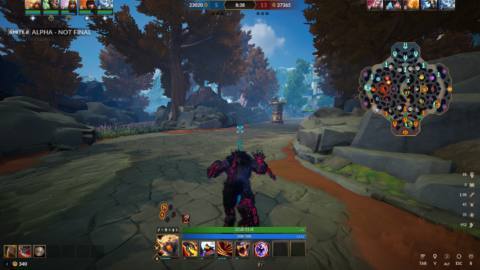

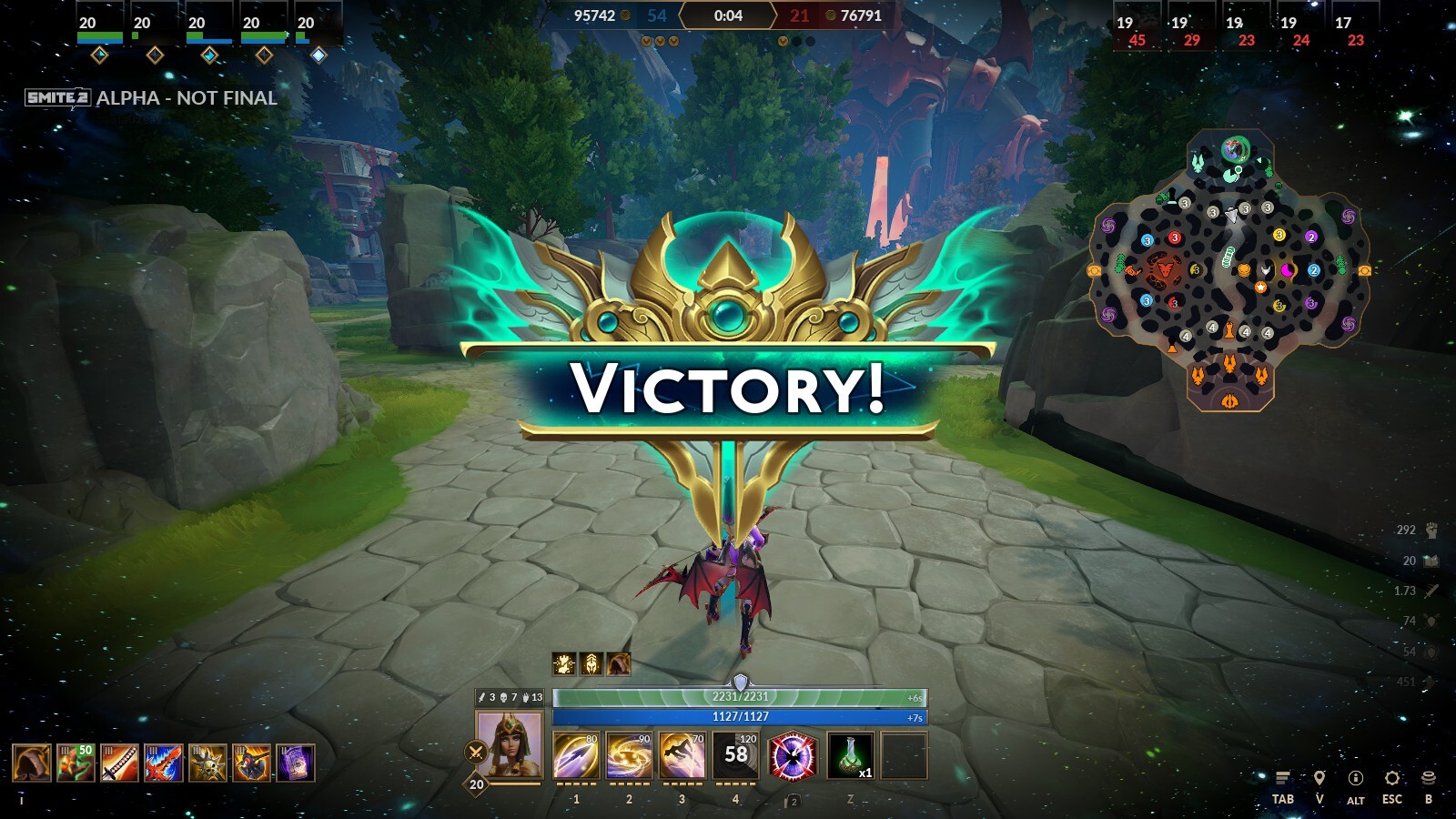
With Smite 2 being a playable “24/7 alpha,” it's in that somewhat awkward state where it's offering a $100 Ultimate Founders Edition while half-finished features and placeholder elements can be seen within the experience. Only 23 gods are available (OG Smite currently features 130), and Hi-Rez Studios says it expects it “to be in Early Access development at least through early 2025,” while promising monthly “Major Updates” that will expand the roster.
Smite 2's roster still has a deep well of gods from the original game to implement, but Hi-Rez's brand new additions are what really have me excited. Hecate was one of my favorites to play, as well as my previously mentioned nemesis Mordred—the only two new gods as of yet. The work done so far to bring old characters forward seems successful—another favorite of mine from the alpha is Neith, a bow-wielding ‘Weaver of Fate’, who originally came out in Smite over a decade ago in 2013.
The good news is that the core is in place: gameplay is smooth and fun, each of the gods have fluid and interesting ability sets, and the graphics are certainly improved on Unreal Engine 5. Character models look great, fitting the lightly shaded and cartoony art style well, but I found some parts of the landscape were a bit too smooth looking in comparison, either from textures that either blend together too much or are just not yet finished. Abilities feel snappy, in particular I liked how responsive the dash backwards was when using Neith’s Back Flip ability, which made me feel absolutely ninja when I used it correctly. Smite 2 continues to use Smite 1's close-in third person view, which makes everything faster, more personal, and urgent next to the isometric view of League of Legends or DOTA 2.
Discombobulated deicide
Smite 2 left me in the dark on most of the critical feedback I need to play a MOBA well
The biggest complaint I have is how poorly Smite 2 presents itself, particularly to those of us that never got into the original Smite. MOBAs ask you to ingest a lot of dense information to understand, for example, that Thanatos wiped your whole team because they were carrying a particular combination of items and had a jungle buff active, and sans hours of hard-won experience, these games need tooltips, tutorializing, and other forms of feedback to keep up. While Smite 2 does have a practice mode available for you to try out the different gods, fiddle with their abilities, and buy items, there’s zero tutorial and only a few tooltip popups for in-game features, which does put it behind its direct competitors, Deadlock and Predecessor. Often I was unsure what a particular buff, debuff, or status effect did when encountering them, and hovering over them didn’t give me the details like I expected.

Smite 2 left me in the dark on most of the critical feedback I need to play a MOBA well: which items best compliment each character, what different objectives did or when they appeared, and tags to indicate which common roles (DPS, Controller, Jungler) the gods were intended to fill. Being a MOBA veteran, I was able to muddle through, guesstimating what roles a god might fill based on their abilities or inferring which items made sense, but that's hardly a recipe for a rock-solid late game build. Smite 2 does offer an auto-build feature, but filling my inventory with “probably fine” items without teaching me about them didn’t help me improve a whit.
The lack of an in-game chat feature was a mixed blessing: I couldn’t ask my clearly more experienced teammates for advice or information, leaving me lagging along behind them, trying my best to avoid feeding our opponents. Although the lack of chat meant I was spared the legendarily cruel banter that crowds MOBAs, I'm still haunted by other players' sarcastic use of the ping system calling out “You rock!” “No!” and “Good game!” after each death.
While I spent all my time in Smite 2 besieged by clearly-veteran Smite opponents, mildly annoyed by unfinished or unclear UI elements, and uncertain what I was doing, it has a good foundation for success. The main question I have is if Smite 2 can stand above the sudden crowd of new-and-returning MOBAs like Predecessor and Valve’s open-secret no more, Deadlock. The main advantage Smite 2 has is a deep bench of characters to pull from and the large existing player base of original Smite players, but since the team at Hi-Rez has pledged to continue supporting the original Smite alongside its sequel, it’s going to need to bring in new players, whether they’re from the new cross-platform play with PS5 and Xbox or on PC. That’s a tall order to fill for now with Smite 2’s alpha feeling targeted at veteran players who have institutional memory of the first game, when it needs to be spending equivalent energy onboarding new players and holding onto them.



